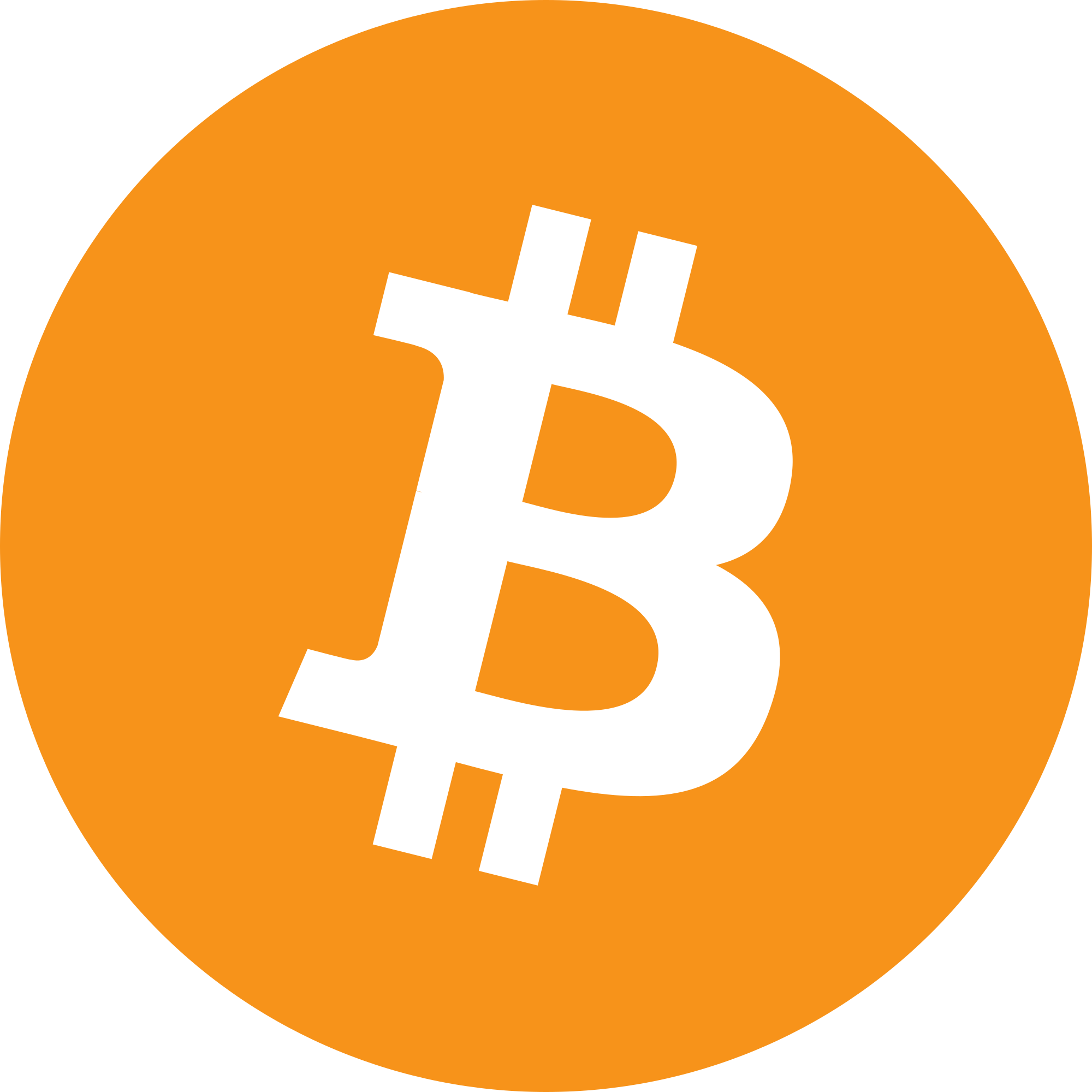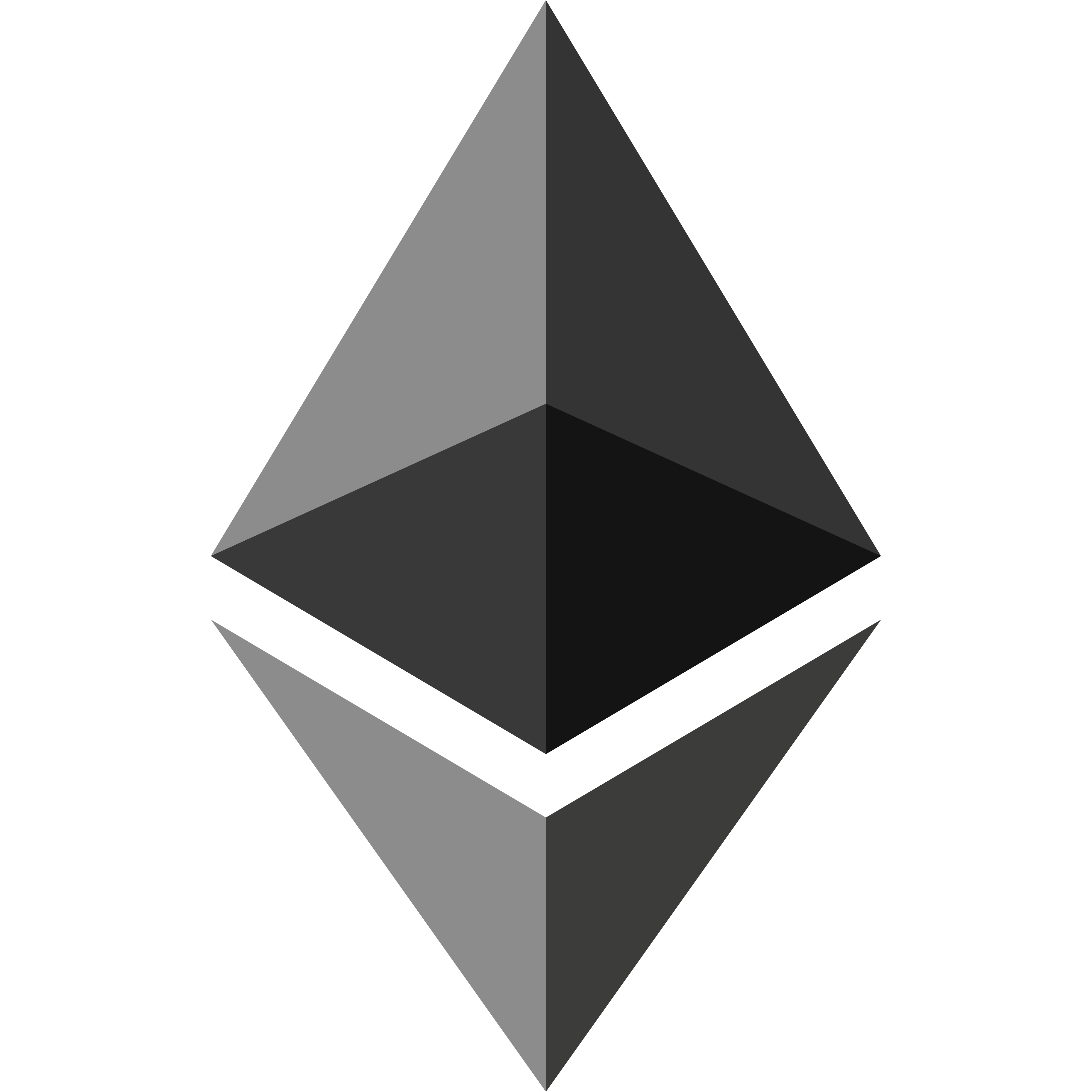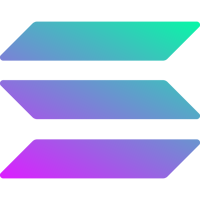
Polkadot (DOT)
Multi-chain network enabling interoperability between different blockchains through its relay chain and parachain architecture.
Your Trusted Crypto Investment Services
A Guide to Major Digital Assets and Their Unique Features
The cryptocurrency market offers diverse digital assets with unique purposes and technologies. From store-of-value coins to smart contract platforms and stablecoins, each cryptocurrency serves specific needs in the blockchain ecosystem. Below we explore some of the most prominent cryptocurrencies that are shaping the future of finance and decentralized applications.
Understanding these digital assets requires examining their underlying technology, use cases, and market position. While Bitcoin pioneered decentralized digital currency, newer projects like Ethereum expanded blockchain's potential with smart contracts, and stablecoins like USDT brought price stability to crypto markets. This overview provides key insights into each project's value proposition.

The first and most valuable cryptocurrency, Bitcoin (BTC) is digital gold and a decentralized store of value. With a fixed supply of 21 million coins, Bitcoin operates on proof-of-work consensus and serves as censorship-resistant money. Its blockchain prioritizes security and decentralization over programmability.

Ethereum (ETH) is the leading smart contract platform enabling decentralized applications (dApps) and decentralized finance (DeFi). After transitioning to proof-of-stake in 2022, Ethereum offers programmability through its EVM while being more energy efficient. ETH is used for transaction fees and network security.

Solana (SOL) is a high-performance blockchain combining proof-of-history with proof-of-stake for fast, low-cost transactions. Capable of processing thousands of transactions per second, Solana competes with Ethereum as a platform for dApps while emphasizing scalability and developer experience.

XRP is the native cryptocurrency of the XRP Ledger, designed for fast, low-cost cross-border payments. Unlike most cryptocurrencies, XRP uses a consensus protocol rather than proof-of-work or proof-of-stake. Ripple, the company behind XRP, focuses on institutional payment solutions.

Sui is a newer Layer 1 blockchain focused on high throughput and low latency for decentralized applications. Using a unique object-centric model and Move programming language, Sui aims to compete with established smart contract platforms by offering parallel transaction processing and developer-friendly tools.